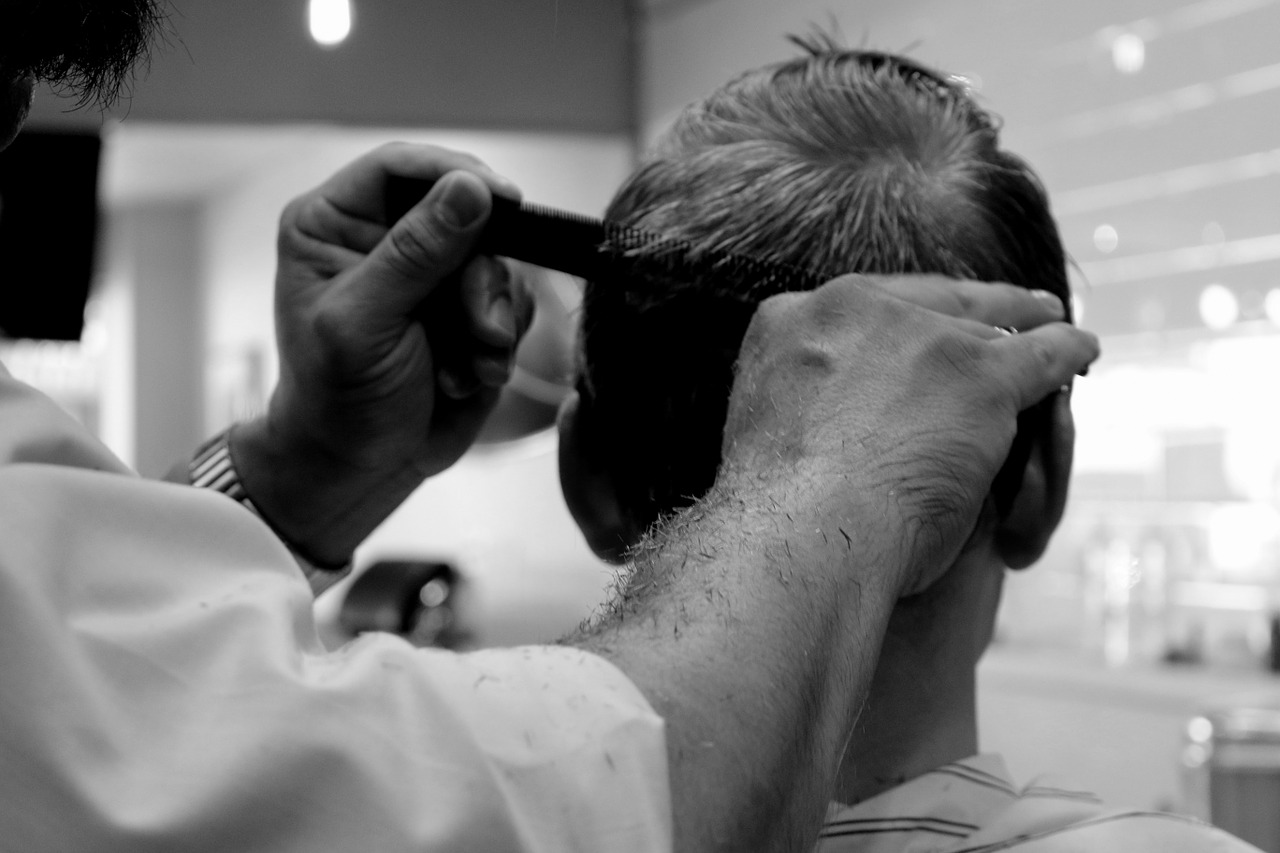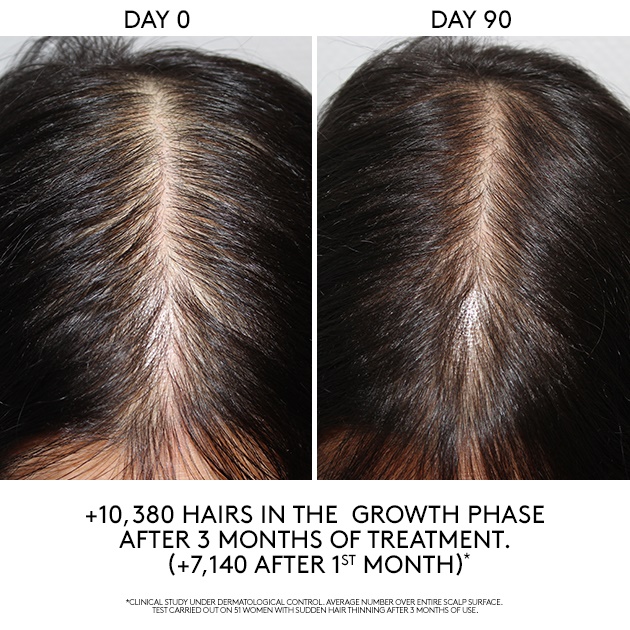Table Of Content
Your dermatologist can tell you whether your hair may start to grow again on its own. The cost (often thousands of dollars) is prohibitive for most people. Most people lose anywhere from 50 to 100 strands of hair each day, according to the American Academy of Dermatology. On days you wash your hair, you might lose up to 250 strands. Surgical procedures to treat baldness are not usually covered by insurance.
When should I call the doctor?
If you want to diminish a noticeable scar, know these 10 things before having laser treatment. These dermatologists' tips tell you how to protect your skin. Some research connects excess intake of vitamin A or selenium with an increased risks for hair loss.
Thinning Hair: Causes, Treatment, Vitamins, and More - Healthline
Thinning Hair: Causes, Treatment, Vitamins, and More.
Posted: Tue, 30 Jan 2018 08:00:33 GMT [source]
certain medications

Effective for both male and female pattern baldness, application of Rogaine (topical minoxidil) on the scalp can spur hair regrowth. For males, 2% or 5% concentrations work, while for females, 2% is recommended. You will need to use this treatment indefinitely; if you stop, you will lose the regrown hair. Both men and women develop this type of hair loss, which is the most common cause of hair loss worldwide. Regardless of whether it develops in a man or women, the medical term is androgenic alopecia.
Causes of temporary hair loss
How Extreme Stress Causes Hair Loss - Forbes
How Extreme Stress Causes Hair Loss.
Posted: Tue, 30 Jun 2020 07:00:00 GMT [source]
It’s common to lose 50–100 hairs per day, according to the American Academy of Dermatology (AAD). Any more than this could mean you’re shedding more than you should, which could contribute to overall thinning hair. On the whole, it’s important that you speak with your doctor about any symptoms you’re experiencing. A dermatologist can provide a proper diagnosis, and select a personalized treatment that will help restore health to you hair and scalp. Biotin — also known as vitamin H or B7 — is involved in fatty acid production in your body. This process is essential to the life cycle of hair, and you may experience hair loss if you have a biotin deficiency.
What other common types of hair loss are there?
Hair will often grow back within 3–6 months after stopping chemotherapy. If a doctor suspects a medication is causing hair loss, they may prescribe a lower dose or switch medications. Telogen effluvium is a condition in which the hair remains in the telogen phase of the cycle.
Vitamin A is partly made up of retinoids, which support healthy hair growth and influence the hair cycle. But it’s dose-dependent, meaning that consuming too much — or too little — can damage your hair. If your hair starts to thin or fall out in clumps, call your healthcare provider or dermatologist. They can help you figure out what is causing hair loss and how to help treat the root issue. With an accurate diagnosis, many people who have hair loss can see hair regrowth.
People with alopecia areata may also benefit from immunosuppressive medications like methotrexate. And any medical conditions that lead to hair loss should be treated directly to address the condition, not just its symptoms. Traction alopecia is a type of hair loss that's brought on by the way you style your hair. Hairstyles like cornrows, braids, or tight ponytails can cause it.
Executive Editor, Harvard Health Letter
Hereditary hair loss, or androgenetic alopecia, is hair loss caused by genetics or hormonal imbalances that affect androgen hormones (typically testosterone). Anyone can experience hereditary hair loss, but it typically affects males and is more commonly called male pattern baldness. The most common cause of hair loss in women is female-patterned baldness (androgenetic alopecia).

How is hair loss in women treated?
While stress is a natural part of life, long-term stress can do damage to your health — including your hair. While you may have heard of the negative effects of smoking throughout the entire body (including your skin), smoking has also been linked to hair loss. When applied directly to the scalp twice a day, minoxidil may gradually thicken hair in balding spots.
It is important to consult a doctor to learn what the possible cause and best treatment may be. Other vitamins and minerals may also play a role in hair loss. People can speak with a healthcare professional to determine whether they have a vitamin deficiency that may be causing hair loss. A 2018 review suggests that a vitamin D deficiency may link to hair loss. The authors also suggest that to help prevent hair loss, people low in iron would benefit from iron supplementation and making sure they get enough vitamin C. Extreme diets that are too low in protein or certain vitamins, such as iron, can sometimes cause excessive hair shedding.
Treatments, such as minoxidil, can spur hair regrowth, and others can help manage underlying causes of hair loss. Hair usually starts to regrow within months of finishing chemotherapy or radiation treatments to the head or neck. Dermatologists can offer medication to help hair grow back more quickly. Female pattern baldness often results in thinning all over the scalp and might look like widening or thinning around the part. It typically occurs after age 65 but, for some females, it can begin early in their lives.
Hormonal changes of any kind, particularly falling estrogen levels, can temporarily disrupt the hair life cycle. Although it’s more common in men, hair loss regularly affects women and people of other genders. You may experience any one of several types of hair loss, such as hair thinning, a widening part, or patchy hair loss. The FDA has approved a few laser treatment devices to treat hair loss at home. But we need more studies into their safety and effectiveness for long-term use. Spironolactone is another medication your doctor may prescribe for hair regrowth and to keep hair loss from getting worse.
Furthermore, physical or emotional stress, radiation therapy, and some medications can cause hair to fall out in clumps. If the stress stops, your body will readjust and the excessive shedding will stop. When the shedding stops, most people see their hair regain its normal fullness within 6 to 9 months. This works well for people with inherited baldness since they typically lose hair on the top of the head. Because some hair loss can be progressive, you may need multiple procedures over time. In addition to losing hair on the scalp, some people with alopecia areata lose hair from their eyebrows, eyelashes, or other parts of the body.
Tinea capitis (scalp ringworm) is hair loss due to a fungal infection. It leads to hair falling out in (often) circular patches, which can grow over time. The exposed skin in these cases is red, flaky, itchy, and can be covered in sores. People can develop hair loss where boots, socks, or tight clothing frequently rubs against their skin. Many people who have plaque psoriasis develop psoriasis on their scalp at some point. A few months after giving birth, recovering from an illness, or having an operation, you may notice a lot more hairs in your brush or on your pillow.
No comments:
Post a Comment